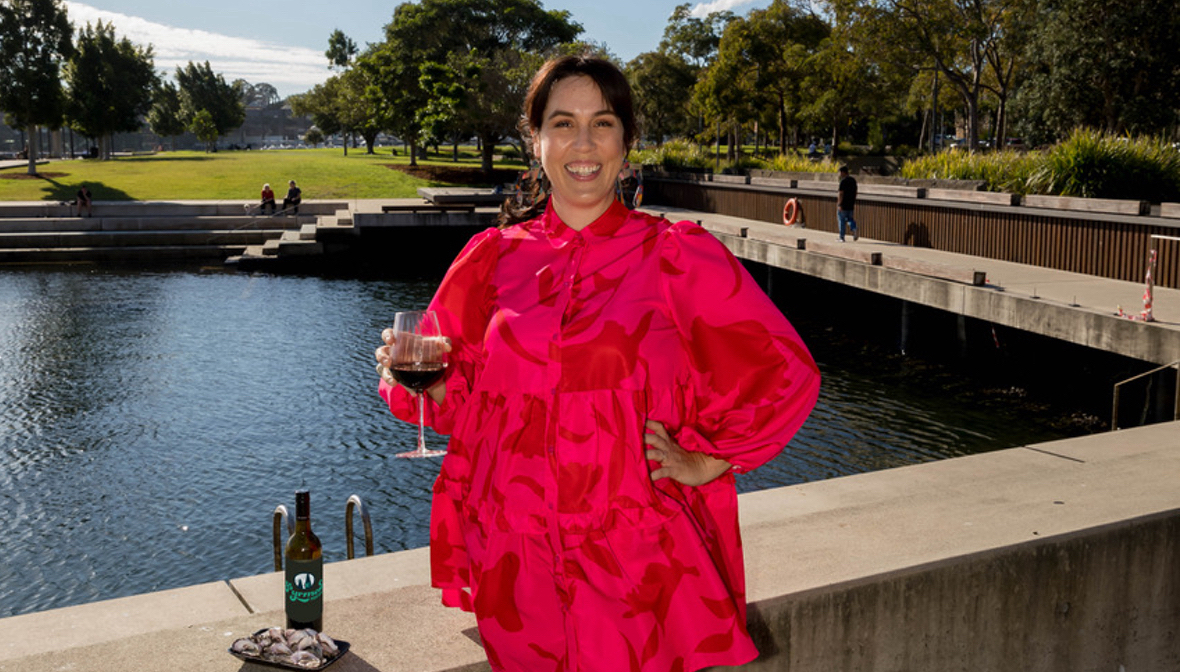
THE NAKED CITY: POUCHES AND PERSECUTION
It’s been an interesting two or three weeks for Australian marsupials, both dead and alive, and not without its controversy. On a positive note scientists believe that resurrecting the Tasmanian Tiger is now a distinct possibility. By combining thylacine DNA with that of another marsupial, the fat-tailed dunnart, they are confident of building a complete genome, implanting it in a stem cell and then creating an embryo. On the downside allegations of bullying have been made against the WIRES hierarchy and within regional branches on the part of a number of their volunteer carers.
The Sydney Morning Herald recently raised the issue in a story titled “Saving Possums, But Who Cares For The Volunteers?”. It focused on a small group of wildlife carers, who claimed they had been bullied and unfairly treated within the largest wildlife rescue and rehabilitation charity in Australia. It wasn’t the first time the Herald had pointed out conflict and harassment within animal rescue services and their volunteers. In 2020 they ran a story headlined “Rednecks on power trip’: culture of bullying and conflict in wildlife rescue”.
It’s no secret we have one of the worst records of any country when it comes to the extinction of our native species. We blame it on loss of habitat and the impact of feral animals but what is seldom discussed is the wholesale slaughter of now iconic animals that was once commonplace.

The tourists who now get to cuddle our iconic koalas would be blissfully unaware they were once massacred in their hundreds of thousands for the fur trade, turned into items of apparel and even sleeping bags. To give you an idea of the extent of the carnage, in 1927 the Queensland Government declared open season on koalas with over 600,000 pelts collected. Add to this the notorious Victorian wombat bounty which saw around 65,000 wombats killed between 1950 and 1966 and some 90 million kangaroos ‘legally’ killed during the last twenty years.
You would think there would be a united front in rescuing and rehabilitating native wildlife these days. Unfortunately large cashed up, non profit organizations like WIRES often become bureaucracies giving way to officiousness and generating disharmony amongst their foot soldiers.
It can be argued that WIRES is purely a humane organization and its work, albeit highly commendable, is inconsequential when it comes to the general conservation of Australian native wildlife. The number of animals rescued and or raised, then released back into the wild is minute compared to those lost daily through habitat destruction, feral pests and the effects of man made climate change.
Brushtail and ringtail possums have successfully adapted to urban areas in Australia, often scavenging for food which is not part of their normal bush diet. With the possums have come the predators, largely the powerful owl, which according to Dr Raylene Cooke from Deakin University, can eat “an astounding 250 to 350 possums a year”. Amidst the ambient lighting of a suburban setting the possums are far more visible and vulnerable to an owl attack.
So there is a natural attrition of urban possums that should not be discounted. When a joey is rescued from its mother’s pouch, lovingly raised by a WIRES carer, and released back into the wild, there is every chance it could become the victim of a swooping owl. WIRES, with the support of the RSPCA needs to uphold certain standards when it comes to rehabilitating native animals, but let’s not become too officious and precious.
We have an appalling record when it comes to our treatment of our unique Australian native animals, in particular our marsupials. When William Batty shot supposedly the last Tasmanian tiger in the wild in 1930, after it had invaded his hen house, he was hailed as a kind of national hero. The possibility that scientists may be able to repair some of the sins of the past by cloning a thylacine gives us some hope for the future.
In the meantime let’s respond to the concerns of all wildlife carers in a positive and compassionate way and treat them with the dignity and respect they deserve. It’s an overwhelming task to care for all the animals that fall foul of speeding cars, bushfires and floods. Those that do bring these sick animals into their homes need to be given support and encouragement, not the big stick of bureaucracy.









